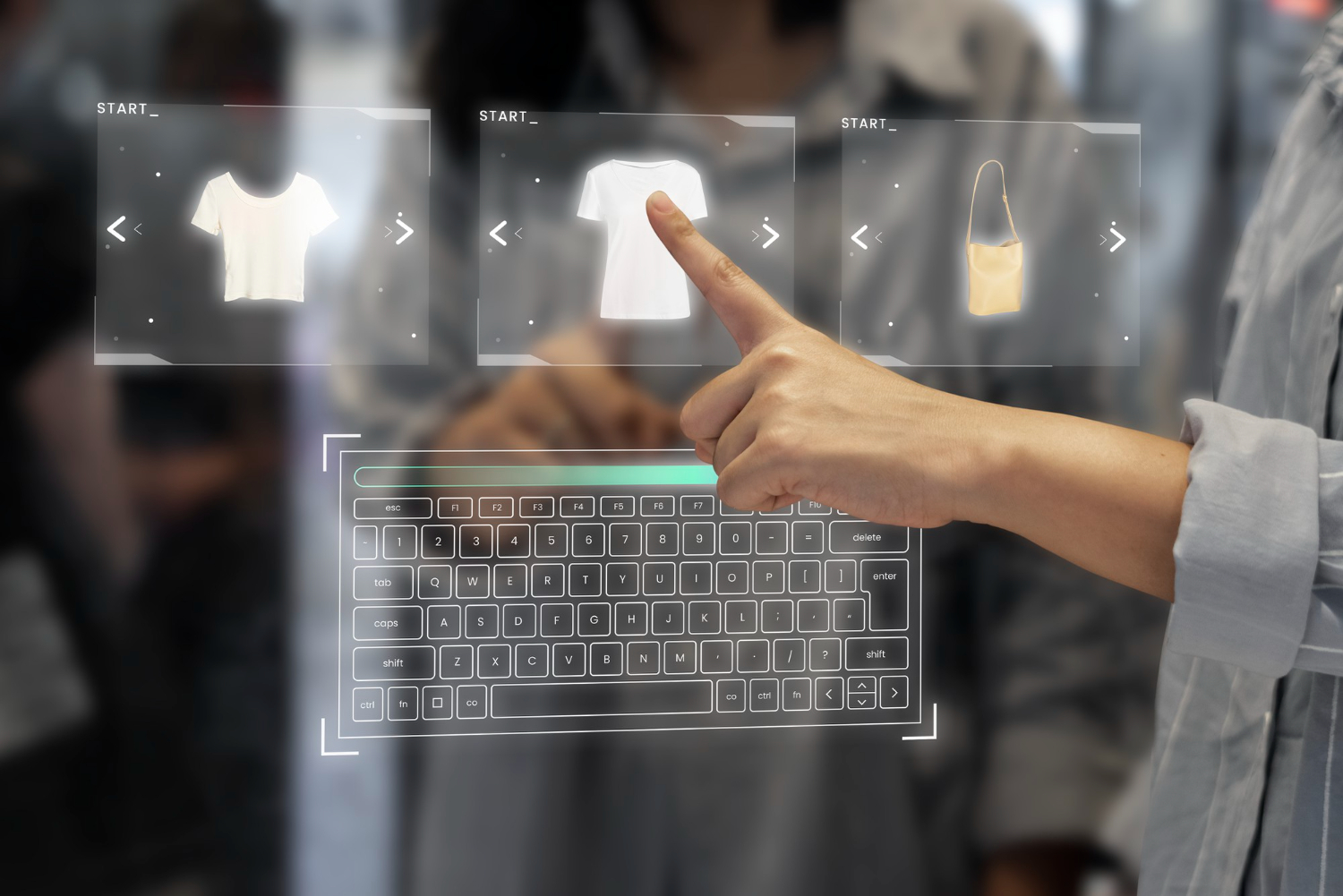

How Retail Uses Predictive Analytics to Boost Sales
In today’s business landscape, data is no longer seen as just numbers. It’s a valuable resource that, when used correctly, can drive growth and increase profitability.
Retail is an industry that accumulates large volumes of data. Analyzing this data can unlock valuable insights for business development and process optimization — from demand and procurement forecasting to improving customer loyalty, minimizing operational costs, increasing sales, and improving profitability.
All of this becomes possible with the help of predictive analytics. But what is it, how does it work, and how exactly can it help your business? Let’s explore.
What Is Predictive Analytics?
Analytics can be descriptive, diagnostic, or predictive.
• Descriptive analytics shows what happened based on collected data
• Diagnostic analytics helps uncover why it happened
• Predictive analytics forecasts important changes for the company across multiple dimensions — demand, customer behavior, procurement, sales, inventory, and buying trends
According to Gartner, predictive analytics is a type of advanced analytics that uses regression analysis, multivariate statistics, pattern matching, and predictive modeling to make forecasts.
Predictive analytics allows businesses to proactively respond to challenges in retail. For example, a company can plan inventory levels before peak season starts, detect potential stockouts in regional stores, or predict when a specific customer is likely to make a repeat purchase. It becomes the foundation for data-driven management decisions — from stock planning to launching marketing campaigns.
How Predictive Analytics in Retail Drives Sales and Profit
Predictive analytics uses mathematical models, machine learning algorithms, and artificial intelligence. With the help of forecasts, businesses can create more effective development strategies and make real-time adjustments as needed.
Demand Forecasting
Accurate demand forecasts enable efficient procurement, inventory control, and warehouse operations. This reduces storage costs and prevents product write-offs due to overstock.
Demand forecasting also improves assortment and sales management, helps prevent stockouts, and optimizes procurement, storage, and logistics costs. McKinsey statistics show that predictive analytics can reduce operational expenses by 20–30%.
Sales Optimization
Analyzing customer behavior, purchase history, demographics, and other data enables retailers to create hyper-personalized product recommendations, special offers, and promotions. This increases relevance and conversion rates. According to the same McKinsey research, using big data and analytics can boost sales by 15–25%.
Customer Loyalty and Retention
With analytics, businesses can predict customer needs and respond proactively. For example, they can personalize offers or intervene early if a customer shows signs of churn.
A collective study by Swedish researchers found that models accounting for frequency, recency, and purchase volume in e-commerce can help assess the risk of losing each individual customer. These forecasts can be used to plan and target re-engagement campaigns more precisely.
Risk Mitigation and Fraud Detection
Predictive analytics tools help analyze user behavior patterns in online stores and detect anomalies that may indicate fraudulent activity. They can also assess the risk of non-payment on credit purchases.
How Global Retail Leaders Use Predictive Analytics
Walmart collects and organizes vast amounts of data from its stores around the world. It uses this data to manage inventory. Forecasting demand for each specific item at each store allows the company to purchase optimal quantities that can be sold quickly.
Amazon gathers data on the behavior and purchases of millions of visitors. Through analytics and complex algorithms, the company adjusts and updates prices for millions of products in real time — sometimes dozens of times a day. As a result, the retailer achieves higher profitability and competitiveness.
Zara has implemented predictive models and AI to track inventory in real time and uses historical sales data to forecast supply for new clothing collections. This demand-supply balancing not only reduces the risk of lost revenue but also helps meet global sustainability goals and reduce waste.
Conclusion
Predictive analytics and big data offer retailers a strong competitive edge — the ability to see ahead and act proactively. Through smarter inventory and supply chain management, better use of marketing budgets, and stronger customer retention, businesses can sell more, more accurately, and at higher margins.
Want to learn how predictive models can help your company? Contact us for a consultation — MODUS X experts will walk you through our solutions.